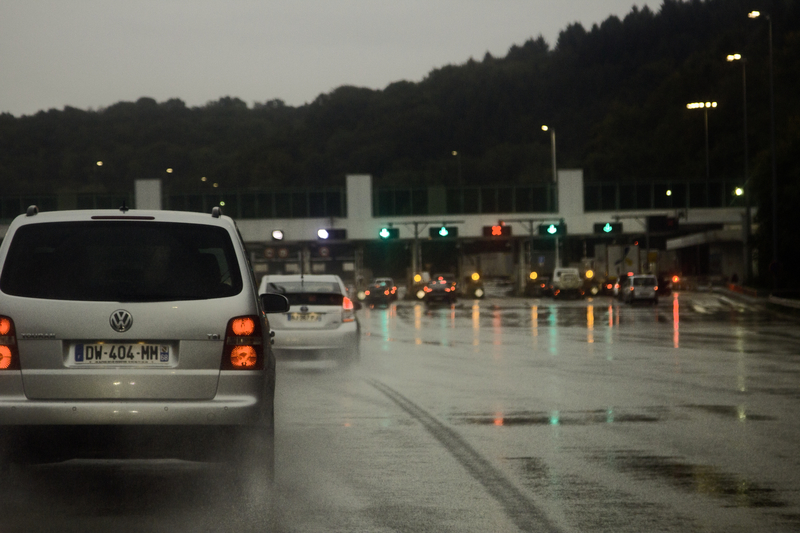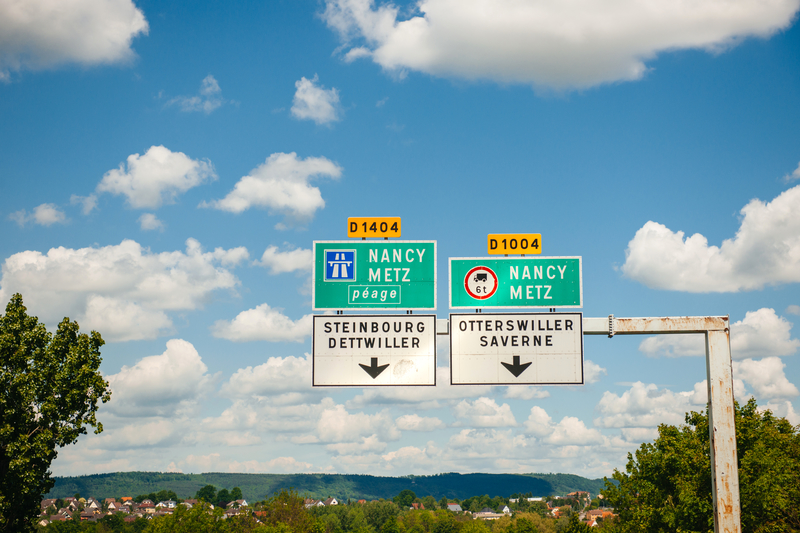
“We see that the ‘pay-for-use-only’ model is clearly becoming the norm in many aspects of modern life: rental-by-the-minute for bicycles, e-bikes and e-bcooters, or car insurance by the kilometre, to pay only for the service actually used. Therefore, the Viapass kilometre charging system for trucks in Belgium, delivered and operated by Satellic, is in line with this new way of thinking. In addition to paying only for every kilometre driven, paying for external costs like emissions, infrastructure damage or the zone where driving takes place is more acceptable in the societal mindset. As a consequence, users must be 100% sure that they pay only the price for their actual use of the highway - and in return, the toll chargers must be 100% sure that they get the tolls they are allowed to collect from users. Satellic implemented the very first fully EETS-compliant tolling system in Europe - in Germany. Toll plazas, toll gantries or special tolling lanes are a thing of the past, while smart, satellite-based, interoperable and free-flow road user charging is a forward-looking technology allowing easy implementation in any country or region. Under the supervision of Viapass, the Belgian joint venture between T-Systems and Strabag has deployed an innovative and modern kilometre charging system for heavy good vehicles. The OBU from Satellic uses satellite positioning technology (GNSS) together with mobile communication (GSM) and dedicated short range communication (DSRC). Commercial operations were launched in April 2016. Today, more than 600,000 active OBUs have been installed, and around 140,000 heavy goods vehicles which are subject to tolls use the Belgium road network every day. For the future of tolling in Europe, we see extensions to include other types of vehicles and new pricing models for innovative traffic management which consider the time of day, location or current traffic volume. This would address issues of sustainable mobility, financing, pollution and multimodality. Future and smart use of technology could also create a ‘bring your own device’ solution, like a smartphone or an advanced OEM on-board computer, together with tolling apps to bring easier accessibility and acceptance.”
Roman Podprugin, head of sales, ISBC, Russia
“Having experience as a system integrator for various toll projects in Russia and CIS countries, we see that convenience for the payment of tolls is important: no queues, simplicity, fast online recharging, and operational and technical support in case of questions or difficulties. We promote RFID technology for the following reasons of convenience:
• Reading of RFID tags is possible at normal driving speed, there is no need to reduce speed at the RFID-tag reading points
• It offers high security against copying and fraud from the account balance of the RFID tag since it provides cryptographic protection with THE AES 128 bit
• Good convenience of replenishing the account balance of the RFID tag when supported by the back office
• RFID allows more attractive prices and subscriptions for payment since other tariffs to pay - such as by credit card – are usually more expensive
In Russia, the possibility to introduce electronic toll collection (ETC) systems requires a political decision followed by legislation. Thus, good information on the potential and advantages of ETC is required. For integrators, it is necessary to understand the intricacies of the toll road market, to be able to connect the customers with the appropriate technology, based also on their experience in building suitable IT software solutions using billing technologies including online payment. Operators need to include into planning of infrastructure provisions for roadside equipment required for ETC, with the ability to control the installation and commissioning processes.
For users, easy access for the payment of tolls via a modern sales network is essential. This also includes spending little time to fulfil formalities to open or manage the account in order to buy an RFID tag. Also, good instructions need to be provided on how to install a tag in the vehicle. In addition, the market needs a solution for car windshields using thermal glass or heating grids in order not to obstruct RFID communication.”
Suresh Kakarla, CEO, TollPlus, US
“Road usage charging (RUC) systems need to respect the individual’s right to privacy while securing the data for revenue collection to maintain fairness (no under/overcharging). One of the biggest challenges facing RUC implementation is convincing the public that any data collected on their road usage will be protected and that the users are not being actively monitored while travelling. Thus, it is critical to maintain the security of RUC systems to protect personal data and trip information in designing and managing data security according to legal requirements and best practices. It implies taking specific data security measures based on the Payment Card Industry (PCI) standards for online financial-grade transactions, including authentication and authorisation for data access, notification of data modification, data masking, encryption and storage, data transmittal, ISO requirements for network security, and data storage and data destruction. Access to data must be restricted to authorised personnel. Security measures include:
• Physical security: access to the data centre should be restricted through biometric authentication and 24/7 video surveillance
• Electronic security: system information should be protected to ensure the security of stored and processed data, including a dedicated firewall to restrict access to mission-critical data, web applications developed using secure programming standards, critical components of the physical architecture deployed in a high-availability cluster
• Communication channels: security by Virtual Private Network (VPN) for operations to secure data traffic by providing confidentiality, integrity, authenticity and anti-replay
• Compliance: security that is fully compliant with PCI-DSS (Data Security Standards) using secure coding principles based on PCI-DSS guidelines
The exhaustivity and integrity of data needs to be respected across the full RUC applicative chain. This means that no data must be lost or modified, even if there is a server crash, memory failure or any other technical incident. In order to achieve this, all system databases have to be redundant in order to never lose any data if a hardware issue occurs.”













